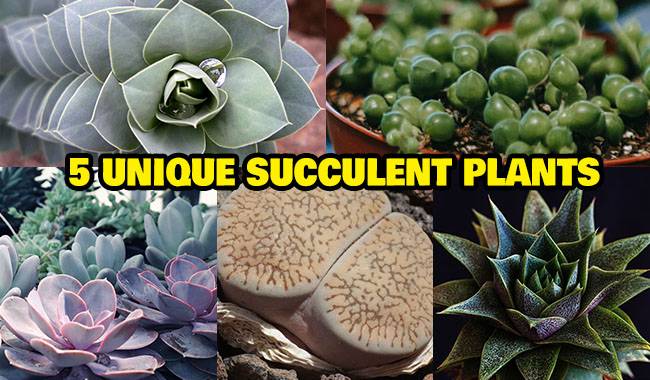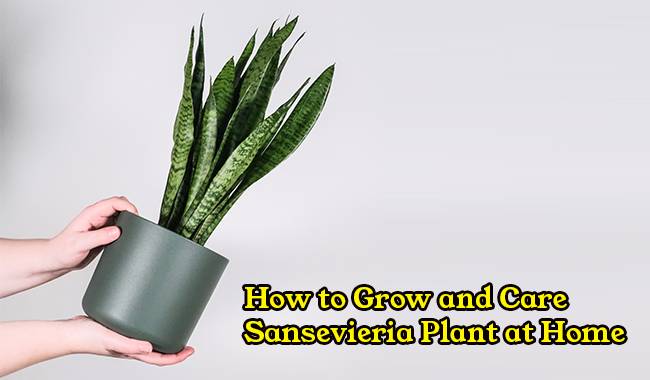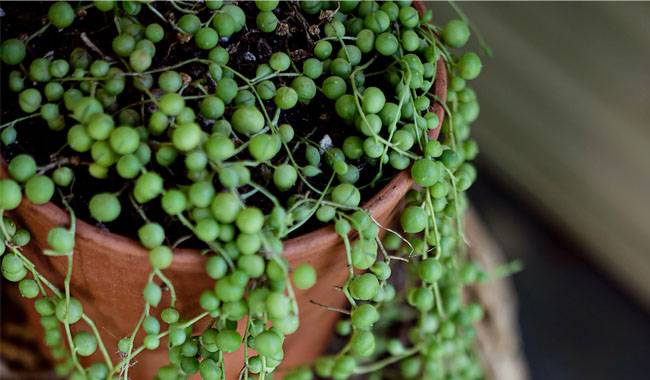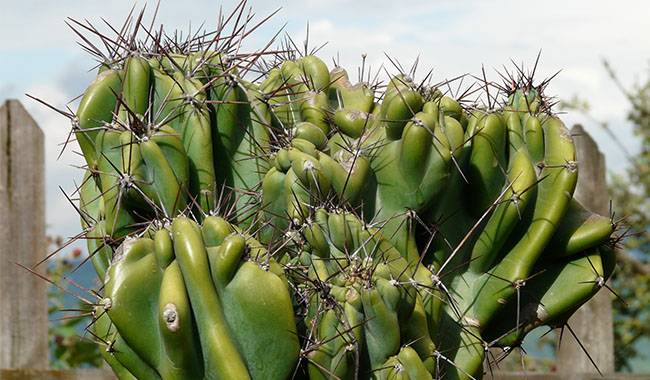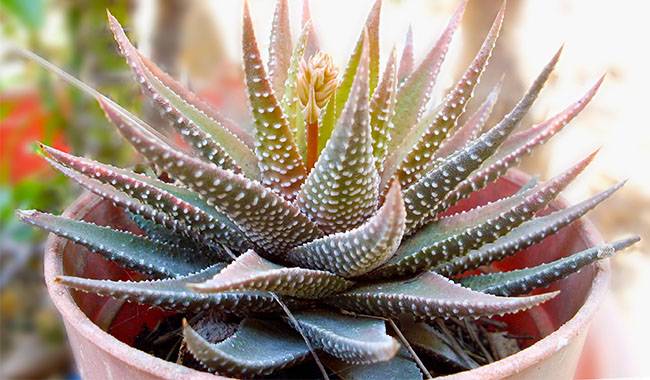
Gasteria is a succulent plant of the Asphodel family, native to the arid regions of South Africa. Its strange name comes from the peculiar swelling that appears at the base of the perianth tube. The Latin word “gasltron”, meaning hollow receptacle, is the basis of the plant’s name.
Gasteria’s severely shortened stems are covered with stiff leaves that can be arranged in two or more rows. The leaves vary in shape, are dark green in color, and are scattered with different spots and stripes at the fleshy base. Some species have a rough surface, but the leaves are generally smooth and range in length from 2-10 inches (5-25 cm), with leaves having a uniform width and a pointed or rounded apex. Leaves can have a flat or slightly concave surface. gasteria flowers surprisingly, and flower stems can reach 15-27 inches (40-70 cm) long. On older plants, it forms after each row of leaves. The inflorescences are arranged on compact, brush-like peduncles with fairly bright yellow, green, or orange shades. The flowers themselves have a primitive shape, resembling the attractive dangling crosier on a short stalk. They bloom alternately, one after the other, for a month.
BRIEF DESCRIPTION OF CULTIVATION
- Temperature regime: about 75 °F (24°C) in the warm season and 50-59 °F (10-15°C) in the winter.
- Humidity: reduced humidity, no spraying required.
- Lighting: bright diffusion. The plant also tolerates content in the shade but does not develop well in low light.
- Watering: Moderate (once a week) during active vegetation, rare and sparse in winter (once in 1-2 months).
- Soil: purchased for succulents or prepared from turf and foliage soil with sand and loose material. Adding peat to the substrate is not recommended.
- Feeding and Fertilizing: Every 1-2 months with a weak fertilizer solution of cactus or any other compound fertilizer for houseplants.
- Repotting: Repot every 2-3 years, or less frequently as it grows out of its old pot.
- Propagation: by seeds, leaf plugs, seedlings.
- Cultivation peculiarities: As it grows, its lower leaves dry out – a natural process, but the wilted parts of the plant should be removed promptly so that pests do not enter them.
HOME CARE OF GASTERIA
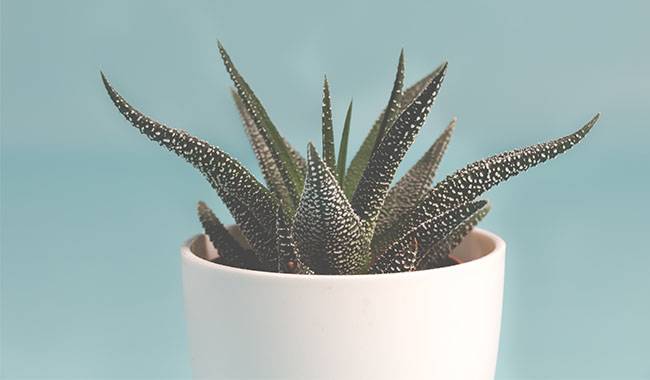
Lighting
Gasteria develops and grows well in the shade, but in the summer, it prefers a well-lit area, but not in direct sunlight, especially at the peak of solar activity. Therefore, an eastern or western window is best for this time of year. With proper care, it can also grow and develop in northern windows but is unlikely to flower.
In summer, when it is warm, it can be taken outdoors, but a suitable place should be found that is not affected by drafts, precipitation, and sunlight. If this is not possible, the room where the Gasteria is located should be ventilated regularly.
It should be provided with good artificial lighting without shade until the autumn/winter season. It is best to use fluorescent lights at a distance of 12-20 inches (30-50 cm) from the flowers. The light bath can last up to 8 hours. However, they can be kept under artificial light, providing them with 16 hours of light.
Temperature
Gasteria does very well at moderate temperatures between 64-77 °F (18-25°C) during the spring and summer months. During the spring and summer months, temperatures can range between 42-53 °F (6-12°C) when the plants are dormant in the winter. This temperature regime will ensure long and heavy flowering. If Gasteria is not exposed to this change, it is unlikely to flower. If the plant is kept at a higher temperature of 59 °F (15 °C) during the winter, the inflorescence may wilt without leaving the rosette.
Humidity
Gasteria does not require additional measures to maintain the necessary air humidity and quietly and without problems tolerate the microclimate of a modern apartment.
Watering
Gasteria requires heavy watering from early spring to late fall. This can be done when the soil in the pot begins to dry out. However, care should not let it get too dry, as too much water can make Gasteria miserable. Therefore, watering should be reduced to a minimum in the fall and winter, especially in colder conditions – below 53 °F (12 °C).
Fertilization
From about May to September, when the plant is actively growing, it needs to be fertilized every 2 weeks. Use the same concentration for cacti and succulents as you would for fertilizing cacti or succulents. Nutrients will be stopped before the start of the cold season when the plant is going to stagnate.
Flowering
Gasteria can bloom in the house with proper care, but it will never bloom if placed in a northern window. The flowers may appear in spring or summer and have the appearance of an elongated, irregularly shaped, pink or red bell about 1 inch (2.5 cm) long. The flowers grow on long stems up to 40 inches (1 meter) long. Each stem can hold up to 50 flowers and can be very pleasing to the eye due to its unique shape.
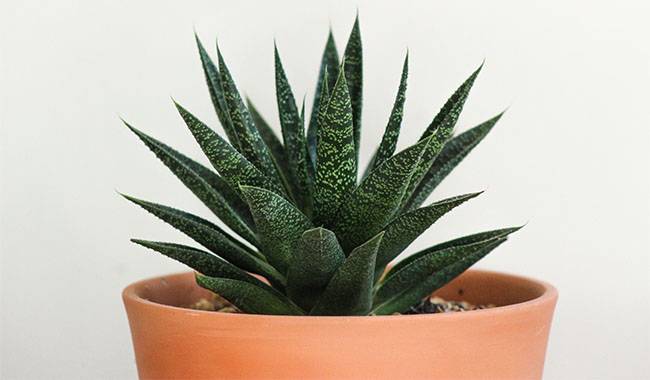
Soil
To transplant the plants, you should prepare a breathable and permeable substrate with an acidity of Ph5.5-7. Prepare a mixture of leafy soil (2 parts), peat (1 part), and sand (0.5 parts) with differently shaped brick particles. Cactus combinations are good.
Transplanting Gasteria
Like all other indoor ornamentals, Gasteria needs to be transplanted periodically (after 1-2 years), which is done in spring or summer. Well-developed plants are transferred to another, wider pot, separating offspring in the process. If there are offspring, it is always possible to decide on new plants in time. It should be noted, however, that Gasteria grows better in tight pots. A drainage system should always be present at the bottom of the pot.
Propagation of Gasteria
Gasteria can be propagated by seeds or isolated seedlings (cotyledons). To have seeds, you must work hard to manipulate the pollination of the flowers. To do this, shake the plant so that the pollen settles on the flower’s stigma; otherwise, you may not see any seeds if you rely on various insects, which are almost non-existent on the flats. Sometimes in mid-summer, the seeds will begin to mature. If you do not intend to collect seeds, you can cut off the stems after flowering so that the flowers do not waste energy on the mature seeds. gasteria and aloe are close not only in form but also in content. Therefore, some Aloe species can pollinate Gasteria, which produces unique hybrids.
Seedling propagation is preferred as the seedlings of Gasteria develop rather slowly. This can be done in late spring or early summer when the seedlings have no difficulty getting a firm foothold.
After rooting, watering should be done more frequently than for other specimens. Young Gasteria grows very slowly at first, but it will flower in its second or third year with proper care.
Diseases and Pests
With proper care and the right conditions, Gasteria will have no problems. However, in general, problems can occur if cultivation guidelines are not followed.
Over-watering can cause the soil to become acidic, which can definitely lead to root rot and other fungal diseases, and bacterial infections. If there is too much water, the leaves will lose their color and become less pliable.
Soft brown spots on the leaves are signs of bacterial infestation.
Lack of moisture in summer can cause the leaves to discolor and become pale and undecorated.
Gasteria may be damaged by pests, such as mealybugs, scabies, aphids, etc.
More Related Information About Planting & Growing Succulent Plants




